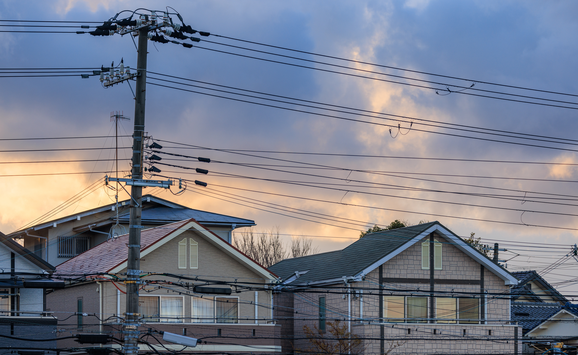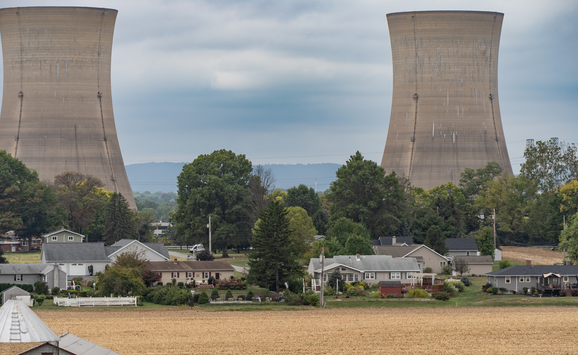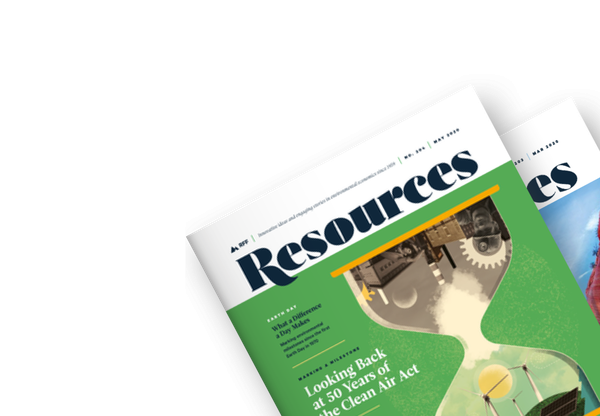
Twice a month, we’re compiling the most relevant news stories from diverse sources online, connecting the latest environmental and energy economics research to global current events, real-time public discourse, and policy decisions. Keep reading, and feel free to send us your feedback.
Here are some questions we’re asking and addressing with our research chops this week:
Will the creation of tax credits for “nuclear energy communities” spur investment toward regions that are most dependent on revenue from nuclear power?
The US Department of Energy announced last week the initial selections for its Reactor Pilot Program, which intends to fast-track the testing and deployment of advanced nuclear reactor projects. The pilot program forms part of the Trump administration’s larger goal of accelerating nuclear power development in the United States, as evidenced in part by several executive orders and by the creation of a new bonus tax credit for “nuclear energy communities” in the recent reconciliation bill. In a new If/then blog post, Resources for the Future (RFF) Fellow Daniel Raimi unpacks the bill’s definition of nuclear energy communities and highlights uncertainties in the legislative language which may ironically prevent those communities that are most dependent on nuclear power from accessing the new tax credits. “If lawmakers intend to steer investment toward US energy communities, including those that rely on coal, oil, gas, and nuclear energy, then Congress will need to update its metrics and terminology to more precisely target the places that are most reliant on those sectors,” says Raimi.
As federal priorities shift away from addressing climate change, how are US states designing their own emissions-reduction policies?
The uncertain future of the endangerment finding, a landmark 2009 decision from the US Environmental Protection Agency which found that greenhouse gases endanger public health and welfare, has prompted broad concerns about meeting US climate goals. The uncertainty has implications for local and regional emissions-reduction ambitions such as those in Washington State. The endangerment finding underpins various federal regulations of greenhouse gas emissions, such as mandates for electric vehicles; its repeal could compromise the state’s ability to enforce such regulations. But one of Washington’s climate initiatives would not be directly affected by a repeal: its cap-and-invest system, a market-based policy that offers economic incentives for reducing emissions. In a recent In Focus video, RFF Research Associate Nicholas Roy explains how Washington, California, and states in the Northeast are using these trading systems to meet their climate goals while raising state revenues and balancing concerns from residents about gas prices and energy costs. “If all these states succeed at updating their programs in these ways, then they might actually come up with a really innovative way to think about how we can have ambitious climate policy that is both fiscally responsible and addresses affordability issues for households,” says Roy.
What trends are shaping today’s electricity prices, and how will US households be impacted as a result?
Average nominal US retail residential electricity prices have risen by about 21 percent between 2021 and 2024, according to the latest available data from the US Energy Information Administration, with prices in some states like Maine and California rising even faster. Electricity affordability has become a major focus in US policy, with leaders across the political spectrum invoking affordability as a key motivation for a wide variety of energy proposals. In a new blog post, RFF Fellows Jesse Buchsbaum and Jenya Kahn-Lang visualize the trends and drivers of electricity prices in five new charts and analyze the impact of related policies on American households. “Ultimately, we hope to provide insights into how policy and practice can limit residential electricity costs and provide actionable starting points for regulators and policymakers who are looking to make electricity more affordable,” say Buchsbaum and Kahn-Lang.

Evergreen Time Machine
The Trump administration’s proposed repeal of the endangerment finding has reopened conversations about what the finding says and accomplishes. In a Resources article published in 2009—the year that the determination was made by the US Environmental Protection Agency (EPA) that greenhouse gases are a threat to human health and welfare—RFF University Fellow Nathan Richardson explained the endangerment finding and its implications for EPA’s regulatory authority:
“So, what’s the practical impact of the endangerment finding? It:
1. doesn’t give EPA the power to destroy the US economy.
2. doesn’t give EPA the power to make big [greenhouse gas] cuts.
3. does force EPA to regulate new cars.”
As government officials and others revisit the endangerment finding, Richardson now emphasizes that the Trump administration’s proposal marks a sharp break from how earlier administrations approached climate policy. “In the 2000s, the George W. Bush administration did not wish to advance climate policy, but outright denial of climate science was a fringe position that was politically untenable. Speaking from my experience working with some of them, bipartisan officials within the government generally accepted the scientific consensus on climate change, though they often disagreed over the pace or scope of policy action,” says Richardson. “In that political environment, the Bush administration resorted to delaying tactics. That historical moment is in stark contrast to today, as the Trump administration not only opposes climate policy but openly challenges the science itself, and what was once politically impossible now has entered the mainstream. This increasingly polarized context underscores the urgency of protecting the role of sound science in policymaking and ensuring that regulatory decisions remain grounded in evidence.”
Expert Perspectives
Wildfire Smoke Creates Large Losses for Societal Welfare
Throughout the summer, smoke from wildfires burning in Canada—which are expected to continue burning into the latter part of this year—has been traveling throughout central Canada and the Midwestern and Northeastern United States, impairing air quality in those regions. This is the second-worst wildfire season recorded in Canada’s history, and it’s prompting concern about the dangers to human health of inhaling the smoke.
RFF Fellow Matthew Wibbenmeyer and Senior Fellow Margaret Walls have assessed the costs of wildfire smoke to societal welfare. “As fires burn, they release many pollutants that are harmful for people to inhale, such as carbon dioxide, carbon monoxide, methane, and particulate matter,” says Wibbenmeyer. “Even short-term exposure to higher pollution can have substantial health impacts.”
“But the effects of wildfire smoke extend beyond these health consequences,” say Wibbenmeyer and Walls. “Smoke also affects individual well-being indirectly, which can create large losses on a national level. For example, we’ve looked at how increased levels of wildfire smoke affect people’s experiences with outdoor recreation. We estimated that 21.5 million visits per year to recreation sites are affected by smoke, and this effect alone leads to total annual welfare losses of $2.3 billion. Understanding these costs is essential to accurately assessing the benefits of federal spending that aims to mitigate wildfire risk.”
Resources Roundup
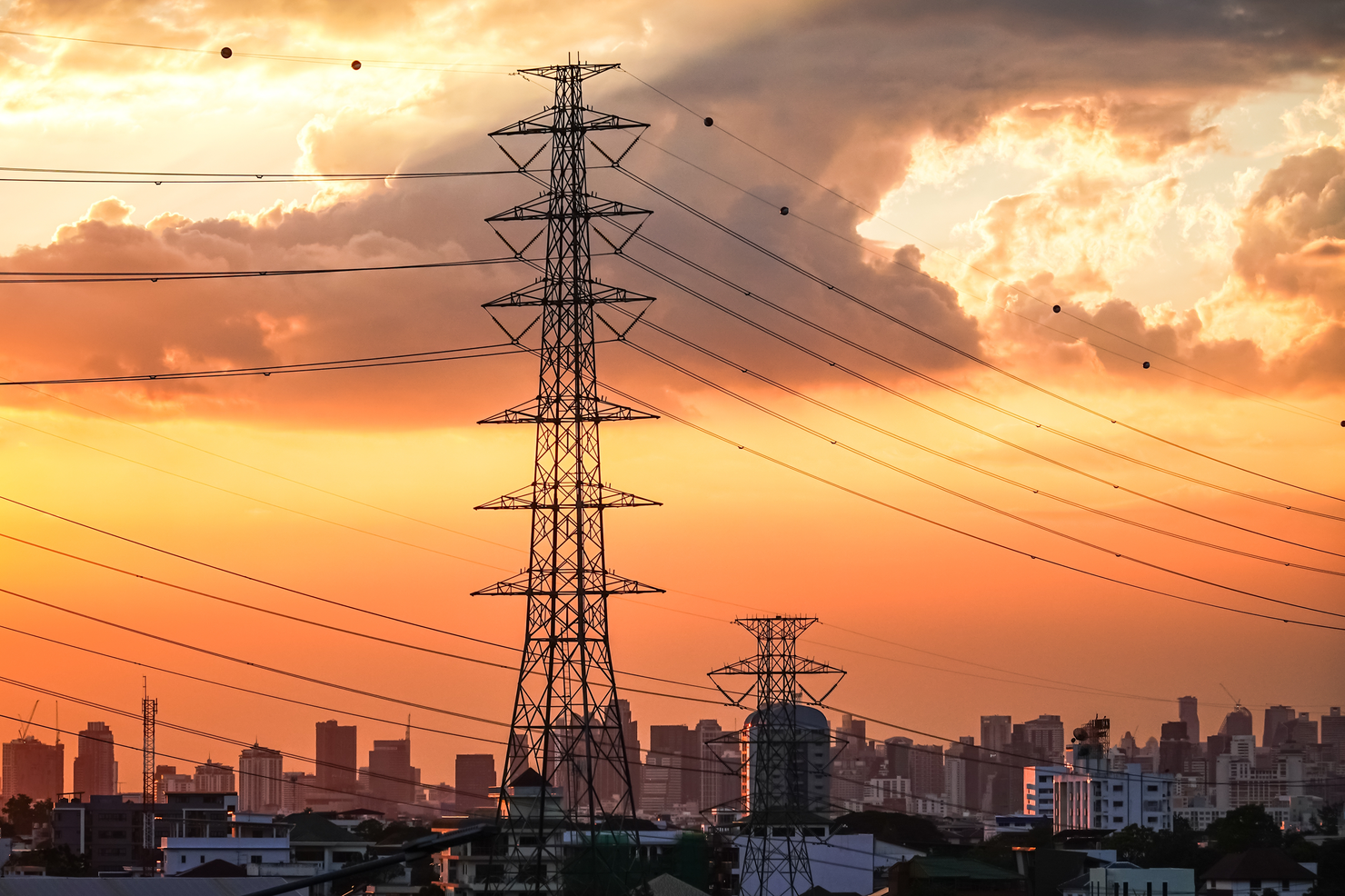
RFF Researchers Contribute Public Comment on Proposed Repeal of Greenhouse Gas Emissions Standards for Fossil Fuel–Fired Electric Generating Units
In June, EPA released a proposal to repeal emissions standards that aim at reducing greenhouse gas emissions from power plants that run on fossil fuels. The agency opened a period of public comment on the proposal, and a group of RFF researchers contributed a response. In their comment, the RFF researchers assess implications of the repeal, including changes in emissions from the US power sector and volatile electricity prices. “The proposed repeal would lead to measurable changes in outcomes for the nation’s electric power sector, especially when assessed in conjunction with the One Big Beautiful Bill Act and updated electricity demand forecasts,” say RFF Research Associate Nicholas Roy and Senior Fellow Karen Palmer, who contributed to the public comment.

A Just Transition to Clean Energy Will Consider the Livelihoods of People in Existing Industries
Transitioning from fossil fuels to clean energy requires broad structural changes across all sectors of the economy. Such changes would have significant implications for workers and communities, particularly those that depend on the fossil fuel industry. RFF Fellow Daniel Raimi and former RFF Postdoctoral Fellow Luis Fernández Intriago recently published a journal article with coauthors which examines economic policy mechanisms that support just energy transitions—efforts to safeguard livelihoods, jobs, and rights during the energy transition, and which help ensure that affected communities are included meaningfully in decisionmaking. “At its core, [a just transition] remains about delivering justice and leaving no one behind,” say the authors.
Estimating the Costs of Mitigating Methane Emissions Is Essential to Curbing Their Effects
The US oil and gas industry is a major producer of methane emissions, a potent greenhouse gas that accelerates climate change. Mitigating the negative effects of methane requires effective strategies to cut emissions and accurate estimates of the costs of doing so. In this working paper, RFF University Fellow Joseph E. Aldy, RFF Board of Directors member Robert Stavins, and a coauthor analyze different approaches to estimating these costs. Their findings highlight opportunities for relatively low-cost abatement of methane emissions produced by the US oil and gas industry.
Understanding Changing Environmental Hazards Can Shape Approaches to Adaptation and Resilience
Climate change is causing dramatic shifts in natural resource systems, from water availability to growing strain on resources. These changes heighten the importance of developing strategies that help communities adapt to new hazards while minimizing the impacts of these hazards on people and the environment. In this journal article, RFF Senior Fellow David N. Wear and coauthors use projections of climate hazards and population trends to evaluate the areas of the United States that face heightened hazard risk, which communities are most vulnerable, and how these insights can guide adaptation and mitigation strategies.

#ChartOfTheWeek
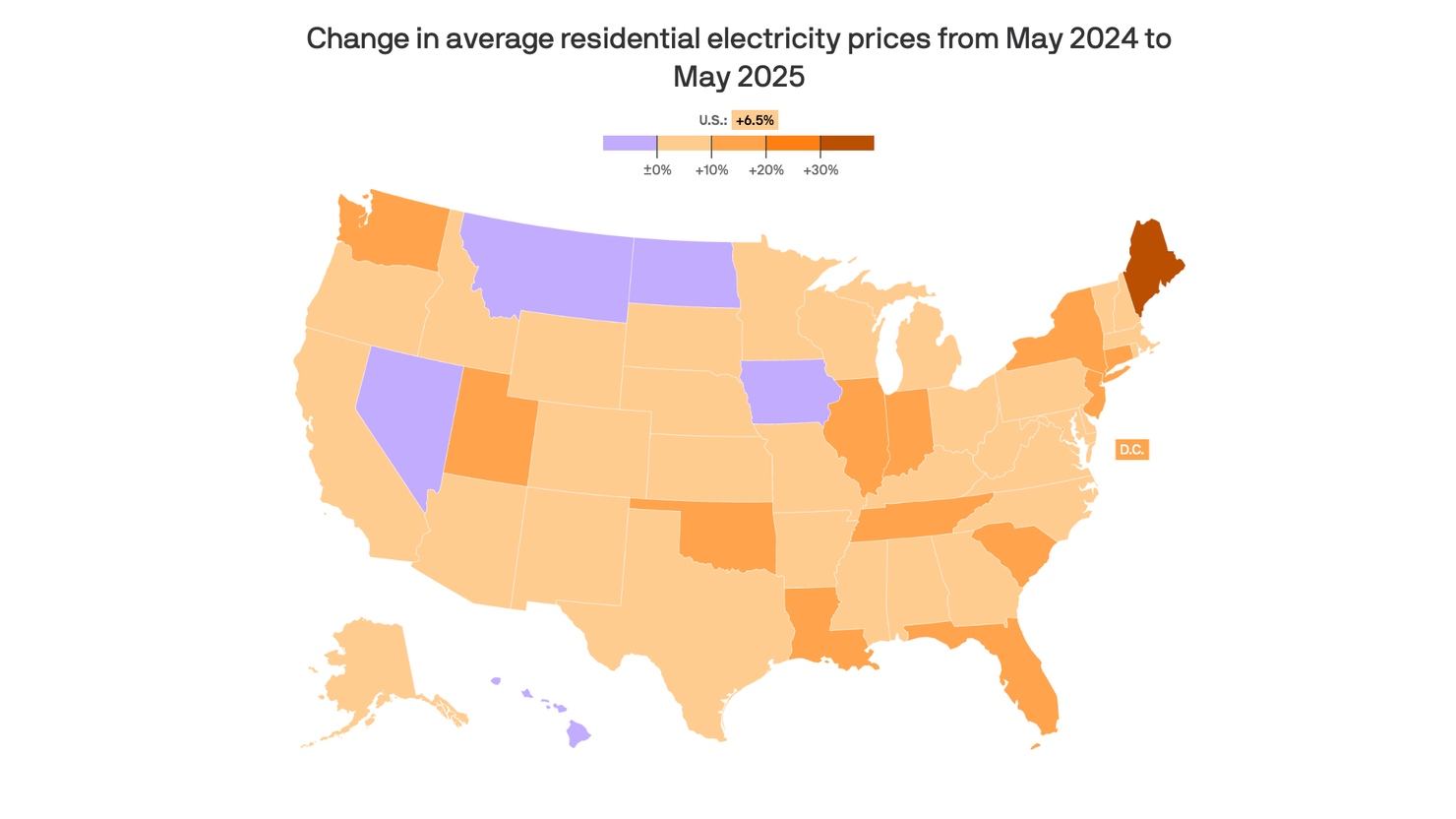
Data: U.S. Energy Information Administration; Map: Alex Fitzpatrick / Axios
Energy prices across the United States are on the rise. This map illustrates how electricity prices have changed between May 2024 and May 2025 for each US state. On average, retail residential electricity prices increased by about 6.5 percent, and the map shows stark regional differences. This year’s increase in electricity rates continues a national trend of increasing prices since 2021 after nearly 20 years of steady or decreasing prices. Unfortunately, a reprieve from price hikes may be far off. The reconciliation bill phases out renewable energy tax credits; modeling indicates that this phaseout may further increase electricity bills. In their new blog post, RFF Fellows Jesse Buchsbaum and Jenya Kahn-Lang visualize these trends in five simple charts and unpack what these trends mean for American households.




